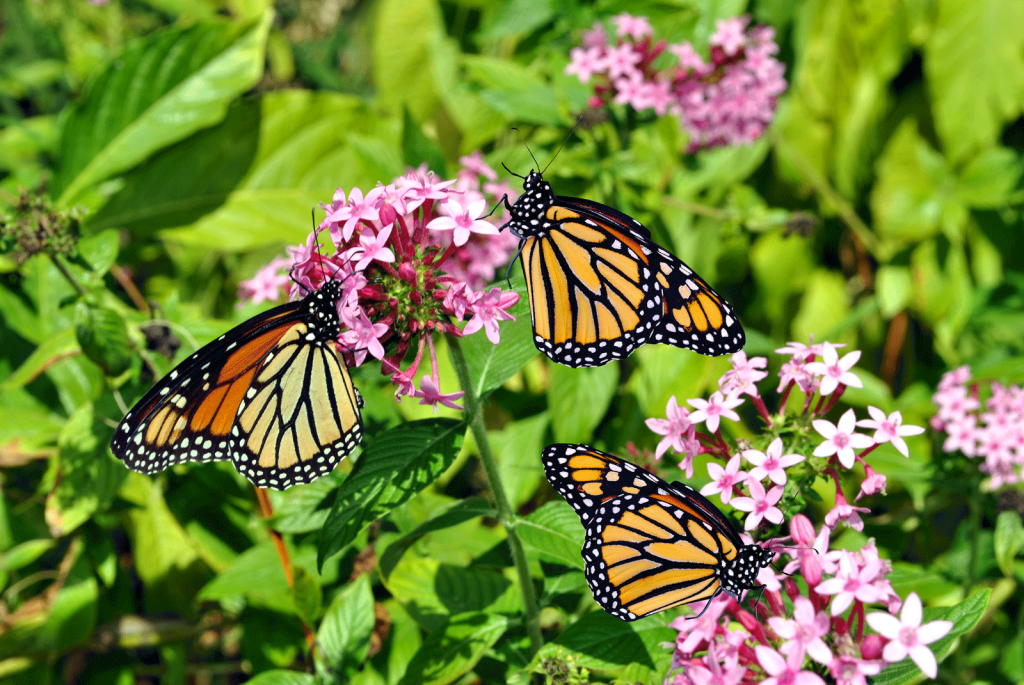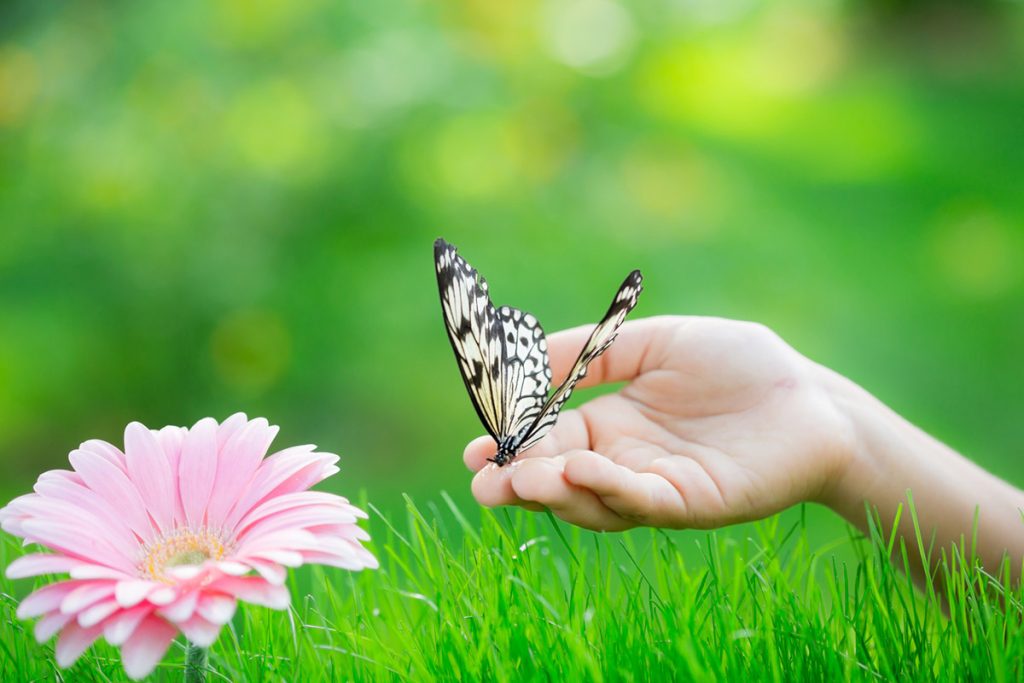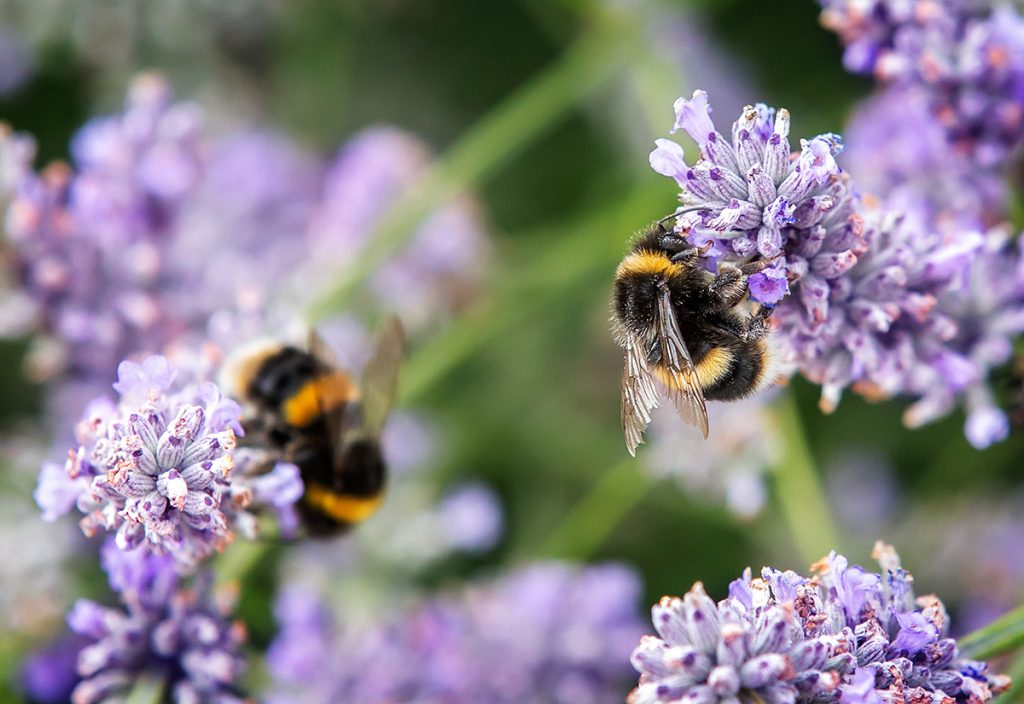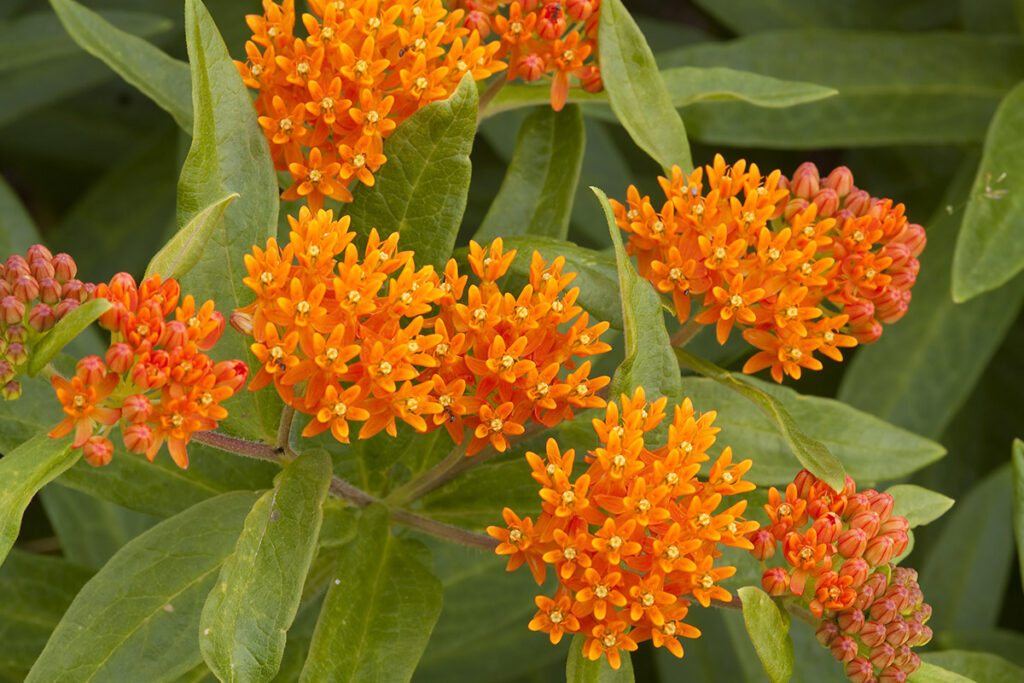The Importance of CRP in Supporting Monarch Butterflies
How Milkweed and Other Native Plants Provide Crucial Habitat for Monarchs The iconic monarch butterfly, with its striking orange and black wings, is more than just a symbol of natural beauty; it’s a vital pollinator and an indicator of ecosystem health. Unfortunately, monarch populations have seen a dramatic decline over the last several decades due to […]
The Importance of CRP in Supporting Monarch Butterflies Read More »




